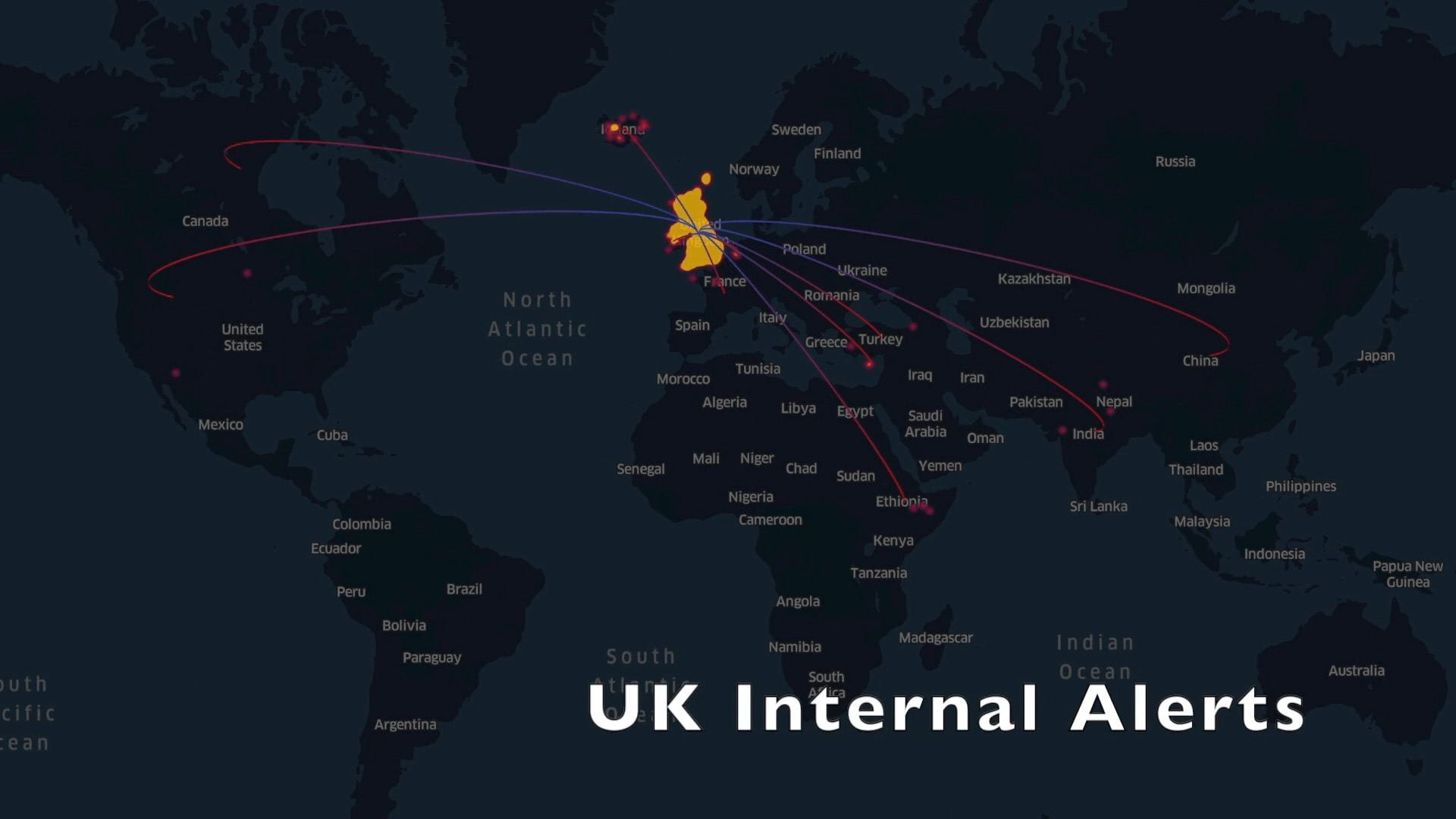
UfaBizPhoto/Shutterstock
Amanda Hughes, University of Bristol; Neil Davies, University of Bristol, and Sean Harrison, University of Bristol
There’s a widespread belief that your testosterone can affect where you end up in life. At least for men, there is some evidence for this claim: several studies have linked higher testosterone to socioeconomic success. But a link is different to a cause and using DNA, our new research suggests it may be much less important for life chances than previously claimed.
In previous studies, male executives with higher testosterone have been found to have more subordinates, and financial traders with higher testosterone found to generate greater daily profits. Testosterone has been found to be higher among more highly educated men, and among self-employed men, suggesting a link with entrepreneurship. Much less is known about these relationships in women, but one study suggested that for women, disadvantaged socioeconomic position in childhood was linked to higher testosterone later in life.
The beneficial influence of testosterone is thought to work by affecting behaviour: experiments suggest that testosterone can make a person more aggressive and more risk tolerant, and these traits can be rewarded in the labour market, for instance in wage negotiations. But none of these studies show definitively that testosterone influences these outcomes because there are other plausible explanations.
Rather than testosterone influencing a person’s socioeconomic position, it could be that having a more advantaged socioeconomic position raises your testosterone. In both cases, we would see a link between testosterone and social factors such as income, education and social class.
There are plausible mechanisms for this too. First, we know that socioeconomic disadvantage is stressful, and chronic stress can lower testosterone. Second, how a person perceives their status relative to others in society might influence their testosterone: studies of sports matches, usually between men, have often found that testosterone rises in the winner compared to the loser.

Shutterstock
It’s also possible that some third factor is responsible for the associations seen in previous studies. For instance, higher testosterone in men is linked to good health – and good health may also help people succeed in their careers. A link in men between testosterone and socioeconomic position could therefore simply reflect an impact of health on both. (For women, higher testosterone is linked to worse health, so we would expect an association of higher testosterone and lower socioeconomic position.)
Look at it this way
It is very difficult to pick apart these processes and study just the effects of testosterone on other things. With this goal in mind, we applied a causal inference approach called “Mendelian randomisation”. This uses genetic information relevant to a single factor (here, testosterone) to isolate just the effect of that factor on one or more outcomes of interest (here, socioeconomic outcomes such as income and educational qualifications).

Zita/Shutterstock
A person’s circulating testosterone can be affected by environmental factors. Some, like the time of day, are straightforward to correct for. Others, like somebody’s health, are not. Crucially, socioeconomic circumstances could influence circulating testosterone. For this reason, even if we see an association between circulating testosterone and socioeconomic position, we cannot determine what is causing what.
This is why genetic information is powerful: your DNA is determined before birth and generally does not change during your lifetime (there are rare exceptions, such as changes which occur with cancer). Therefore, if we observe an association of socioeconomic position with genetic variants linked to testosterone, it strongly suggests that testosterone is causing the differences in socioeconomic outcomes. This is because influence on the variants of other factors is much less likely.
In more than 300,000 adult participants of the UK Biobank, we identified genetic variants linked to higher testosterone levels, separately for men and women. We then explored how these variants were related to socioeconomic outcomes, including income, educational qualifications, employment status, and area-level deprivation, as well as self-reported risk-taking and overall health.
Similar to previous studies, we found that men with higher testosterone had higher household income, lived in less deprived areas, and were more likely to have a university degree and a skilled job. In women, higher testosterone was linked to lower socioeconomic position, including lower household income, living in a more deprived area, and lower chance of having a university degree. Consistent with previous evidence, higher testosterone was associated with better health for men and poorer health for women, and more risk-taking for men.
However, there was little evidence that genetic variation related to testosterone affected socioeconomic position at all. In both men and women we detected no effects of genetic variants related to testosterone on any aspect of socioeconomic position, or health, or risk-taking.
Because we identified fewer testosterone-linked genetic variants in women, our estimates for women were less precise than for men. Consequently, we could not rule out relatively small effects of testosterone on socioeconomic position for women. Future studies could examine associations in women using larger, female-specific samples.
But for men, our genetic results clearly suggest that previous studies may have been biased by the influence of additional factors, potentially including the impact of socioeconomic position on testosterone. And our results indicate that – despite the social mythology surrounding testosterone – it may be much less important for success and life chances than earlier studies have suggested.![]()
Amanda Hughes, Senior Research Associate in Epidemiology, University of Bristol; Neil Davies, Senior Research Fellow, University of Bristol, and Sean Harrison, Systematic Reviewer, University of Bristol
This article is republished from The Conversation under a Creative Commons license. Read the original article.




